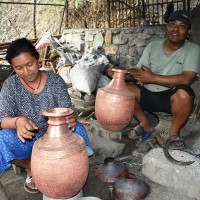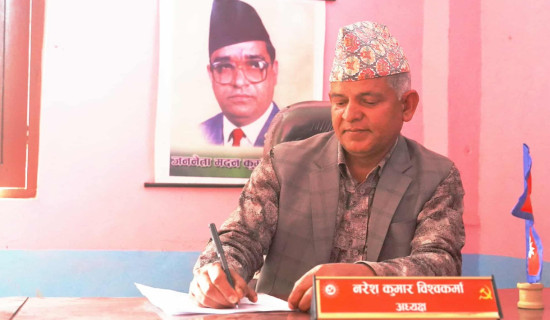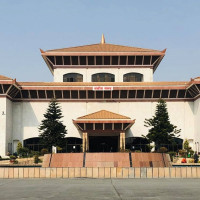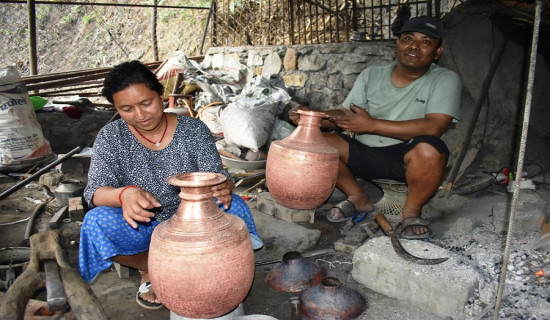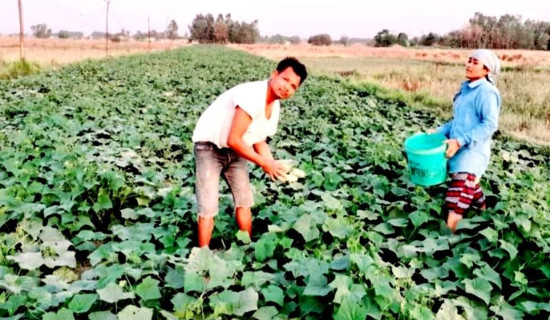- Tuesday, 13 May 2025
Migration to urban centres on rise
BY TILACHAN PANDEY,Tamghas, May 13: In the past, people used to migrate from villages to cities as villages lacked infrastructure like roads, healthcare and education. These days, remote settlements are connected to road networks. Likewise, secondary-level education is now accessible in rural areas and healthcare services are becoming increasingly available. Municipalities have been constructing 15-bed hospitals with modern facilities.
Despite this development, migration from villages to urban centres has not stopped. Arable lands are being left barren and many houses stand empty, locked up, or occupied only by the elderly. As a reason, villages are empty despite the improvement of the infrastructure.
In Kaligandaki Rural Municipality, blacktopping of roads under the national pride project, Kaligandaki Corridor, is underway. Roads, electricity, and drinking water have now reached every settlement and health services are being strengthened. Yet, the rate of migration from rural areas to cities has not ceased.
According to Chief Administrative Officer Naresh Giri, in the last fiscal year, 156 families, comprising 546 individuals, migrated from the municipality. Of the seven wards, Ward No. 2 (Arbeni) and Ward No. 6 (Khadgakot) saw the highest migration, with 32 families each.
Likewise, Ward No. 1 recorded 19 families migrating to cities, Ward No. 3 had 9, Ward No. 4 had 15, Ward No. 5 had 24 and Ward No. 7 had 25 families leave. During the same period, only six families (14 individuals) moved into the municipality.
So far in the current fiscal year, 91 households (348 individuals) have moved out, while only eight families (39 individuals) have moved in. According to the rural municipality, the number of migrants may increase as it is a time for the new academic session and families may move to urban areas for their children’s education.
This year, 13 families (69 individuals) migrated from Ward No. 1, 17 families (74 individuals) from Ward No. 2, 6 families (30 individuals) from Ward No. 3, 9 families (35 individuals) from Ward No. 4, 12 families (35 individuals) from Ward No. 5, 16 families (49 individuals) from Ward No. 6 and 18 families (56 individuals) from Ward No. 7.
Kaligandaki Rural Municipality Chairman Bed Bahadur Thapa said that despite rapid development, the trend of migration has not slowed. Even with access to roads, running water, electricity, healthcare and education, residents continue to leave.
To address this, the rural municipality is promoting commercial agriculture and animal husbandry, providing production-based subsidies and implementing policies to reduce migration. This includes grants for planting fruit trees and investment incentives for productive sectors. According to Administrative Officer Giri, budgets have been allocated accordingly, and similar plans are in place for the coming year.




